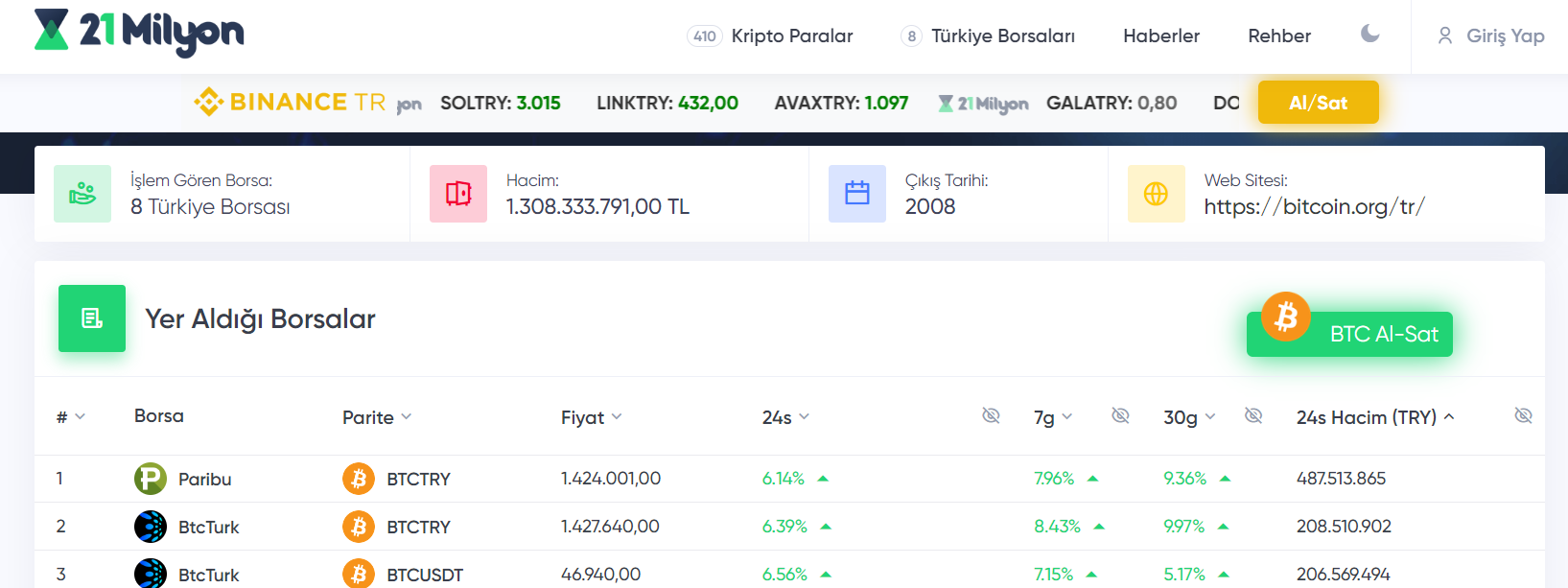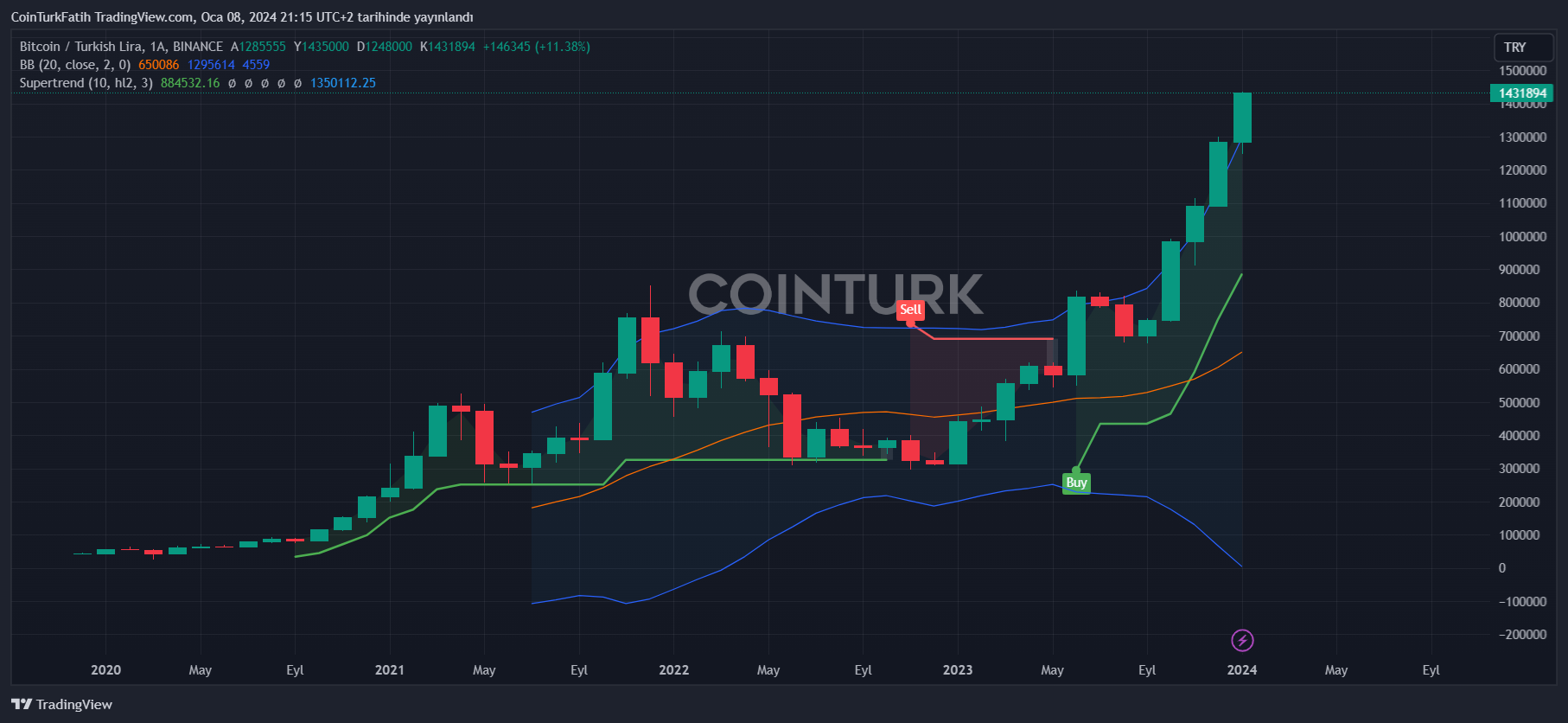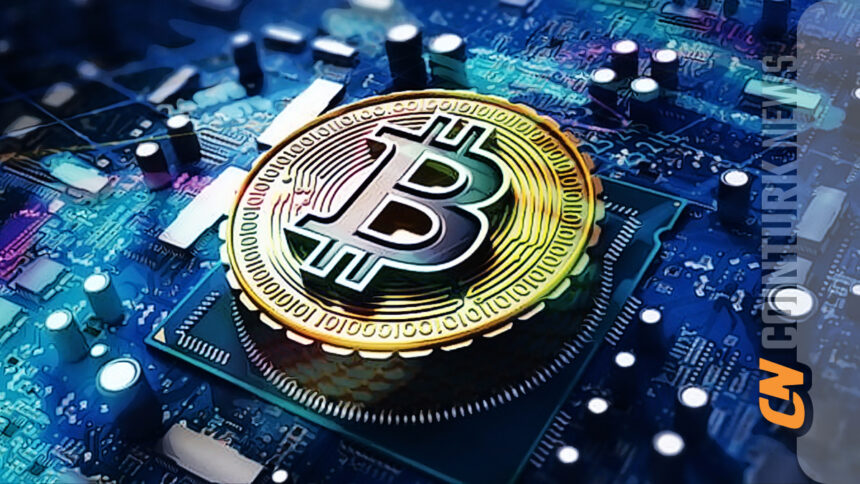BTC has not yet reached its all-time high (ATH) in dollar parity, but it is targeting $50,000. However, the situation is different in Turkish Lira (TRY) parity. The king of cryptocurrencies is making new highs every day in the BTCTRY pair due to the devaluation of the TRY against the dollar. Even on days when BTC does not rise, the TRY falls, and BTC hits new peaks again.
How Much is Bitcoin in Turkish Lira?
BTC at the time of writing, is finding buyers at 1,423,015 TRY in local exchanges according to 21milyon.com data. On the Binance exchange, we saw that the price reached 1,435,000 TRY. The TRY has long surpassed 30 lira in the USDT pair and the recent ETF rise combined with two rallies created a multiplier effect.

The cumulative volume on local exchanges has already exceeded 1.3 billion TRY. We know that cryptocurrencies attract more interest in countries battling high inflation. Turkey falls into this category with an estimated 5 million investors. Considering the cumulative volume of all local exchanges is 13.3 billion TRY, we can better understand the investor density. Compared to BİST (BİST100 Daily Volume 45 Billion TRY), this volume is not negligible just for local crypto exchanges.
What Will Be the Price of BTC in Turkish Lira?
As can be seen in the graph below, BTC has already surpassed its historical peak in the Turkish Lira parity. It makes new highs every day, so we can talk about psychological resistances. In the short term, 1.5 million TRY seems like an ideal target. If the TRY remains stable against the dollar and BTC reaches the $50,000 level, this target (assuming a flat rate of 30) could be achieved.

At the time of writing, BTC price has exceeded $47,000 and has not yet witnessed ETF listings, so $50,000 may not be an exaggerated target. If it aims for higher peaks in the coming days, for example, if BTC reaches $55,000, then the 1,650,000 TRY level could be tested.
Of course, all these predictions are valid in a scenario where the TRY does not lose more value against the USD. If it gains/loses value, these predictions (assuming a rate of 30) would need to be updated.

 Türkçe
Türkçe Español
Español









